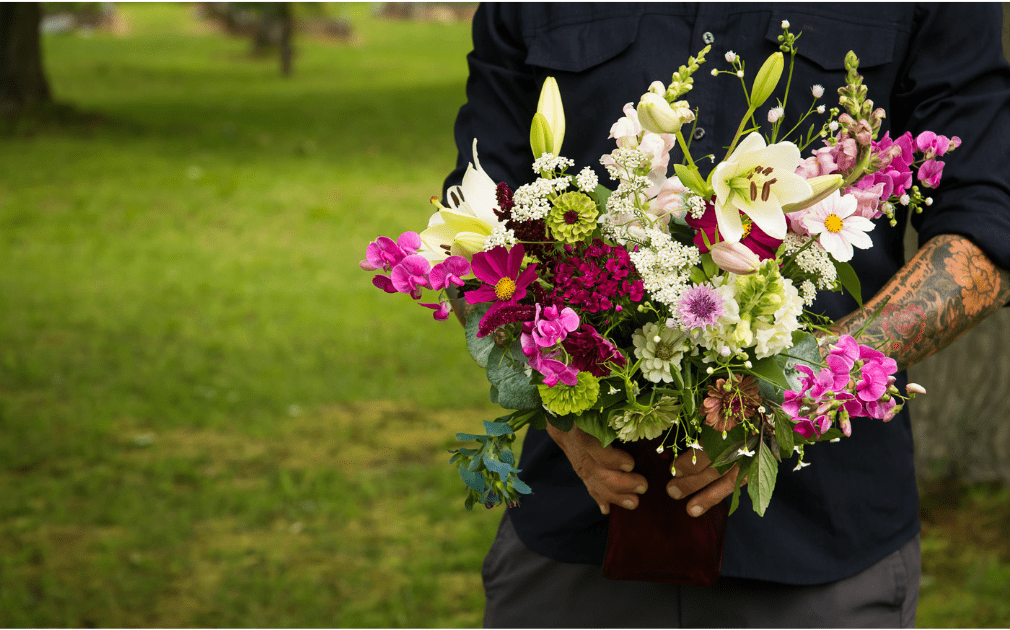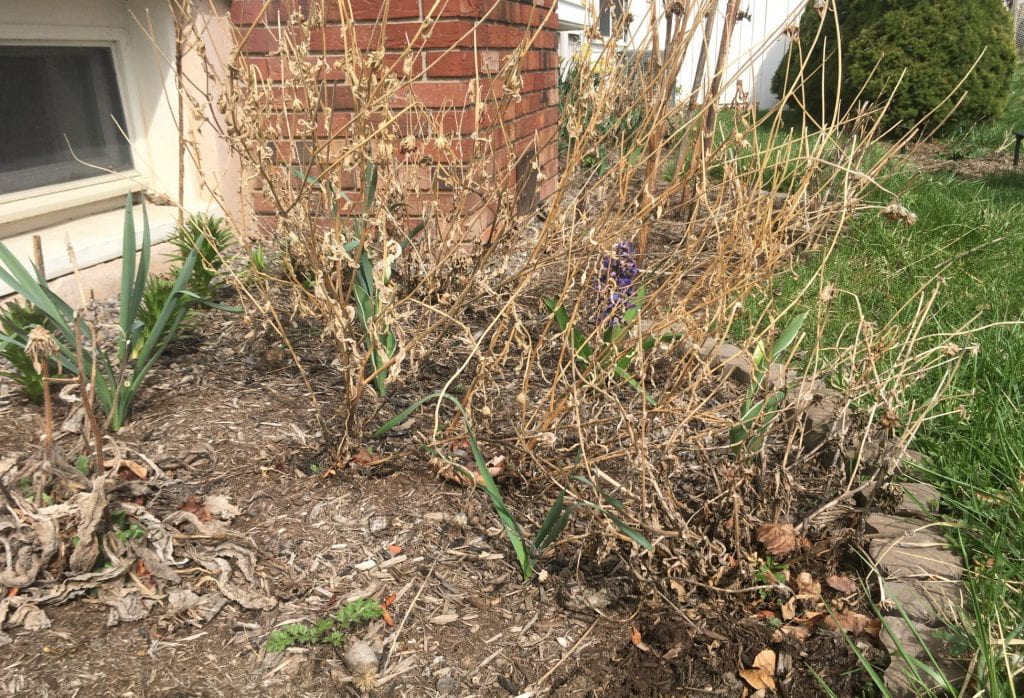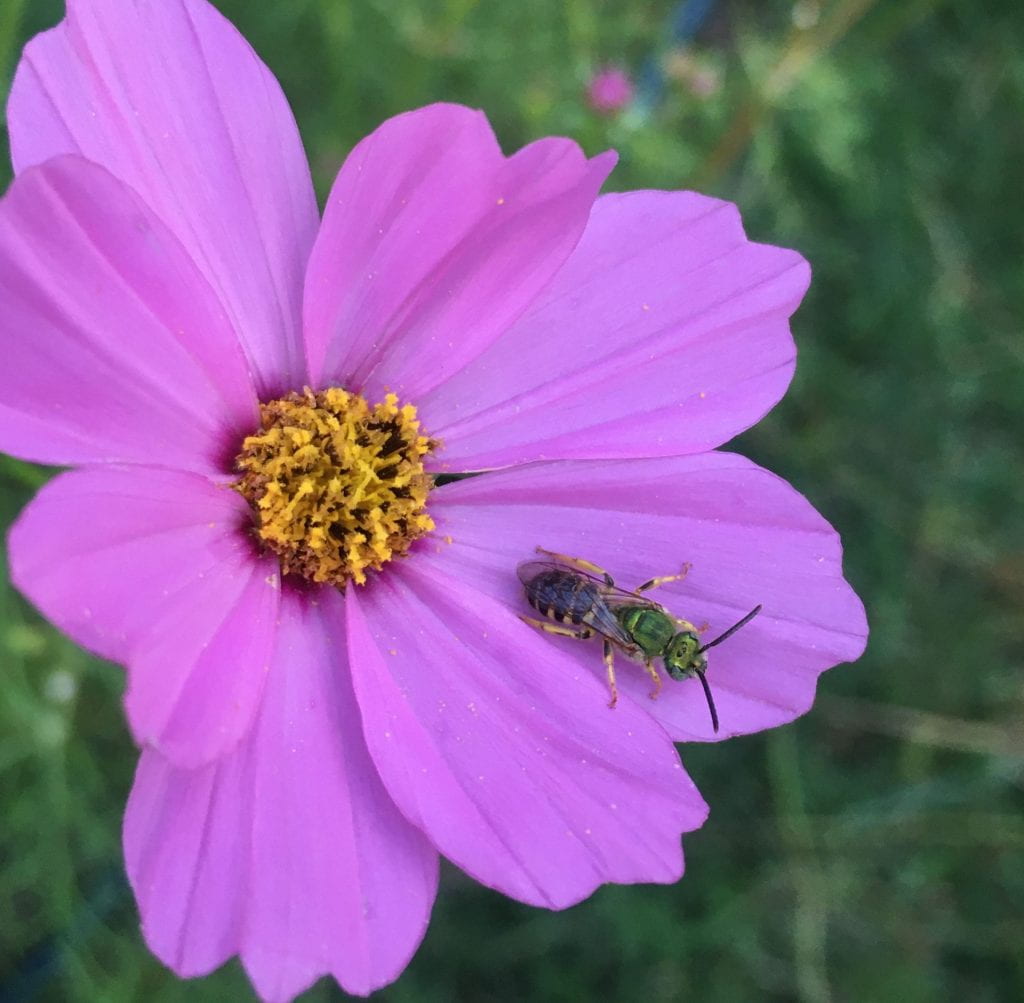Raise your hand if you’re tired of hearing about new invasive species. I’m right there with you. Aside from the fact that there’s way too much bad news these days in general, we still can’t find good solutions for “old-fashioned” invasive species like Japanese beetles, European chafers, buckthorn, wild parsnip and Japanese knotweed.
We don’t need a new invasive species every year, but try convincing the invaders, right? I half-expect that one of these days we’ll get a tropical soil-shark that stowed away in a shipload of potting mix. Probably it’ll feed on moles and woodchucks, but will also burst out of lawns to swallow pets, and gardeners might lose a finger while weeding. That will sure put the lily-leaf beetle in perspective.
I’d be a lot more hesitant to tell you about a new and significant threat to forests, landscapes and gardens if it wasn’t for the fact that you can make a real difference in preventing its spread.
The new pest is actually a coterie of Asian earthworms in the genera Amynthas and Metaphire. These super-size (20cm. long) earthworms are variously known as invasive jumping worms, Alabama jumpers, snake worms or crazy worms. Unfortunately, they can be sold as bait, and also hawked online as a substitute for red wigglers used in worm compost bins. They move rapidly on top of the soil, resembling snakes more than worms. Lively and strong, they can flip out of your hand. Assuming you want to touch them. Read more Invasive jumping worms



